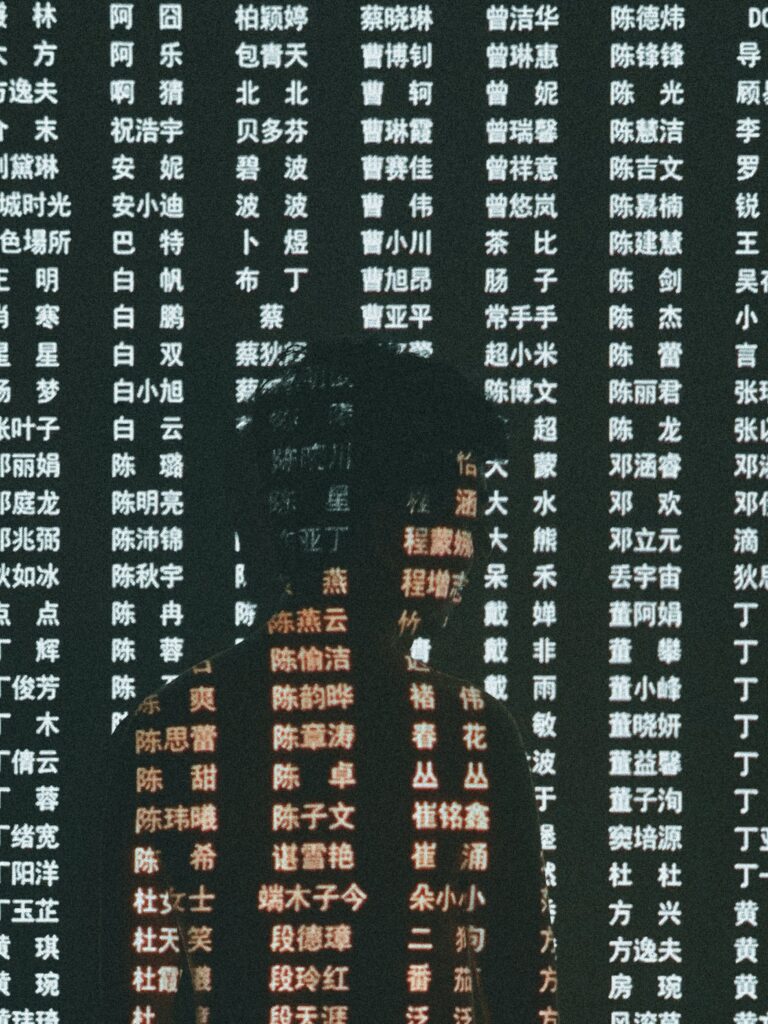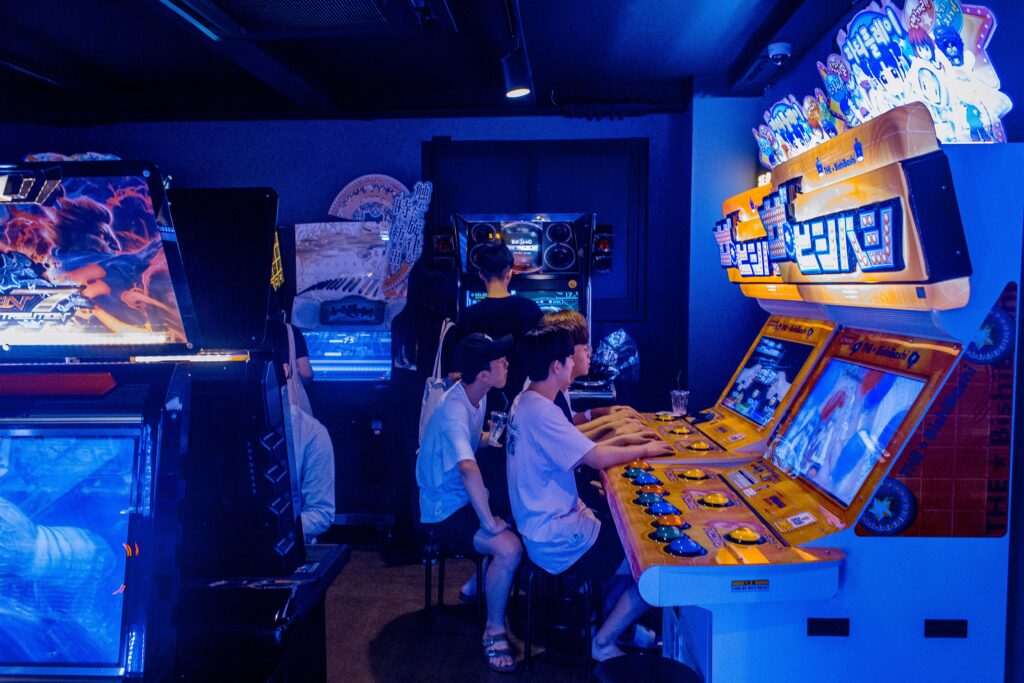AI Strategies Asia: Artificial Intelligence — considered a buzzword until a few years ago — is now one of the most prominent factors that shape industries. Governments worldwide, including those in Asia, are investing in fostering AI technology and businesses led by it.
The two biggest powers in AI development are undoubtedly the United States and China. According to “The Global AI Index” published by Tortoise Intelligence, the government investment of the U.S. amounted to US$2 billion in 2019, and that from China was US$22 billion, ten times bigger than the former.
Today, 4i Magazine review East Asian governments’ strategies to establish an AI ecosystem in their respective markets and analyse their current process.
China
Although big, China wasn’t the first country to introduce government-run support to foster AI. In October 2016, U.S. National Science and Technology Council announced its first edition of the “National Artificial Intelligence Research and Development Strategic Plan“, describing the federal government’s seven core plans to promote the technology. In response to its Western counterpart, China launched the “New Generation Artificial Intelligence Development Plan” in July 2017, also listing goals and targets related to the advancement of AI.
Kim Jeong-jin, a professor at Southwest University of Political Science & Law, wrote in his article for Korea Institute for International Economic Policy that China’s current support for AI technology businesses is focused on computer vision, natural language processing, and machine learning.
Marking 2017 as the country’s starting year of national AI development, China’s AI market size in 2020 was US$42.6 billion, an increase of 15.1% compared to the previous year. Prof. Kim notes that in terms of the speed of growth, China owns the fastest-growing AI market in the world.
One of the reasons why China could have such a fast-growing market can be found in the government’s application of AI in the public sector, where the government has full control before it releases new products in the private sector.

Prof. Kim says that the Chinese government has seen the country as a “testing ground” for emerging technologies, and AI adaptations influence a large part of its administration.
An example of China’s AI adaptation in the public sector is the “smart administration”. This system allows people who need to get tickets for their community service requests or suggestions to be on a fast track to solutions provided by AI. Smart administration is adopted across various departments, from education to public security to legislation.
Prof. Kim explains that the system solves several pain points that the government has been bearing, such as a lack of professionals, the absence of a system within the government body, double work, and sometimes, poor decisions.
Under the smart administration system, AI obtains the target data by running on fixed algorithms and delivering it to the responsible government official. This allows room for error in gathering information since — at the end of the day — humans construct algorithms. Developers can also intervene in making such algorithms, which puts the entire system to the test if it is trustworthy. However, AI cannot always give the best, objectively good solutions – the work of the digital minds depends on human developers’ algorithm designs.
“Making the algorithms of AI a public asset and establishing an institution that can control and monitor these can be a good solution,” Prof. Kim said.
Japan
China’s neighbour Japan first brought the “Artificial Intelligence Technology Strategy” to the table in 2017. More precise content was introduced in its “AI Strategy 2019” two years later, discussing the concept of an AI-powered society and plans to renovate the systems of the educational system, research and development, and goals for international cooperation. Japan established three ideas for the AI society and its seven principles in the same year. Japan called this Ai society “Society 5.0”, where economic development and solutions to social challenges can be achieved at the same time.
After the outbreak of the pandemic in 2020, the country wanted to find ways to recover from the trauma of domestic and international industries and find ways to become a stronger power through technology. The country added the utilisation of AI as one of the priorities in the national goals and presented “AI Strategy 2022”, which was about discovering positions and fields that AI can help and promoting its use of it.
AI Strategies in Asia
Research and development is one of the main targets of the country’s latest AI Strategy. Most investment is made into the following four stages of research: fundamental studies, core devices and architecture to use the studies in the real world, reliability of such technologies, and components of AI systems, such as creativity, usefulness, and coexistence with humans.
With such systematic research investment, Japan ranked 2nd in terms of the number of patents worldwide, following U.S. Spherical Insights’ estimate that Japan’s artificial intelligence industry was sized at US$3.8 billion in 2022.
Japan has not made any policies to constrain the use of AI. However, with the recent emergence of generative AI, like Chat GPT, the country is discussing introducing relevant regulations soon, according to some reports.

South Korea
South Korea’s discussion around AI also started in 2016, as the Chinese board game Go match between Korean Go player Lee Se-dol and Google DeepMind’s Alpha Go gained attention in the country. The then-government said that the development of AI should be centred around humans, promising to invest 1 trillion won (US$755) from 2016 to 2020 and make a private investment of 2.5 trillion won as well. However, the then-administration was ousted before it completed its terms.
At the end of 2019, the Moon Jae-in administration announced the country’s first AI National Strategy, which included nine strategies in three different fields to foster various technologies powered by AI and close the gap between AI powers and the country until 2030.
The strategy’s main characteristics were: investing more in the acquirement of core technologies of AI semiconductors and processing-in-memory semiconductor development; establishing an educational system where all people can learn the basics of AI; transforming into a new generation government based on AI, providing public service at a higher quality, and strengthening the safety net for jobs and settling AI ethics to create human-centred AI era where all people can enjoy the benefits of AI.
South Korea’s AI technology policies had been directed at building infrastructure for AI applications but changed its direction to expanding the coverage of AI in 2022. The incumbent Yoon Suk-yeol administration included “becoming a digital economy power through the private-public mix” as a major government project and suggested a plan to become one of the top three AI powerhouses by 2027. In January 2023, the government pledged to invest 260 billion won in AI development for the next five years, expanding the coverage of AI to all industries, supporting AI businesses, and making new AI ethics.
In spite of its big goals, South Korea seems to have a long journey ahead to step up as an AI power on the global stage. Expert Market Research calculated that South Korea’s AI market was valued at US$883 million in 2022, which was the smallest among its neighbouring countries like China and Japan.



